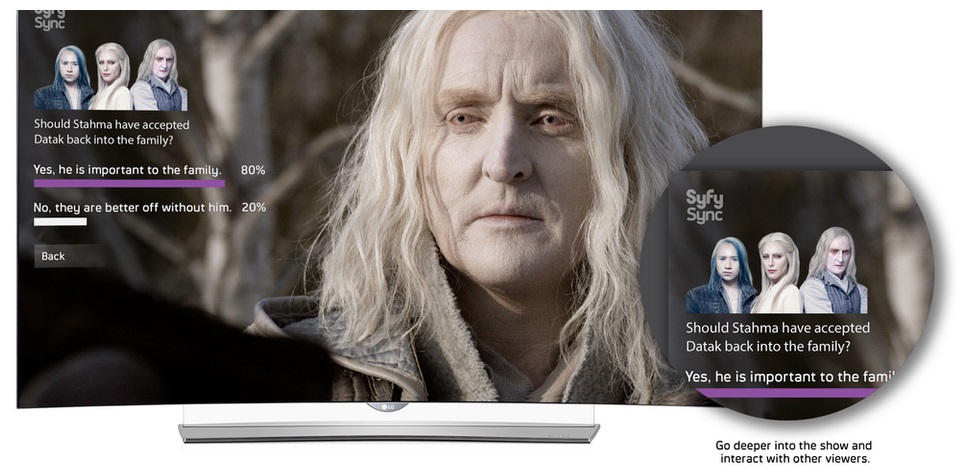A white-labeled social TV platform is a modern day solution that enables media service providers to incorporate branded social TV applications in the form of real-time games, contests, polls etc. for any type of content: reality TV, live sporting events, TV shows etc. And although these app experiences are branded by a particular name in the business industry, they are actually powered by other companies. Hence, the term “white-label,” which is a generic term that refers to products created by one company and resold to another that rebrands them as their own.
White-labeled social TV platforms encourage user interaction. They invite viewers to participate actively in the viewing experience, by exchanging thoughts and feelings, advancing questions and suggestions about the show itself or a particular event, actor, statement etc. within the show. This is available for both programmed and live content.
White-labeled social TV platforms can incorporate digital incentives. To make applications even more fun and interactive for users, platforms can include virtual rewards such as coins that users can eventually use to make real purchases in online shops. It is a good strategy to keep people motivated and keep them coming back.
White-labeled social TV platforms and check-in services. Check-ins’ are services that allow viewers to “check-in” to watching TV content, allowing them to share the information with others and to see who else has checked into the content. Using check-in services with social TV platforms will enable viewers to discover trending content, connecting people around it.
Those working to develop white-labeled social TV platforms are both the platform developers and the Social TV clients. You could not have it any other way because both parts bring something integral to the table; both are equally important to develop a successful tool. And for Watchwith, 2014 was definitely a successful year, having been acknowledged as the best white-label social TV application in 2014.
“Watchwith”, as its developers say, “delivers in-program experiences at perfectly timed moments during a television program on connected TV’s or set-top-boxes,” which “engage audiences and offers programmers new monetization opportunities for advertising, sponsorship and commerce on the first screen.”

Photo source: Watchwith